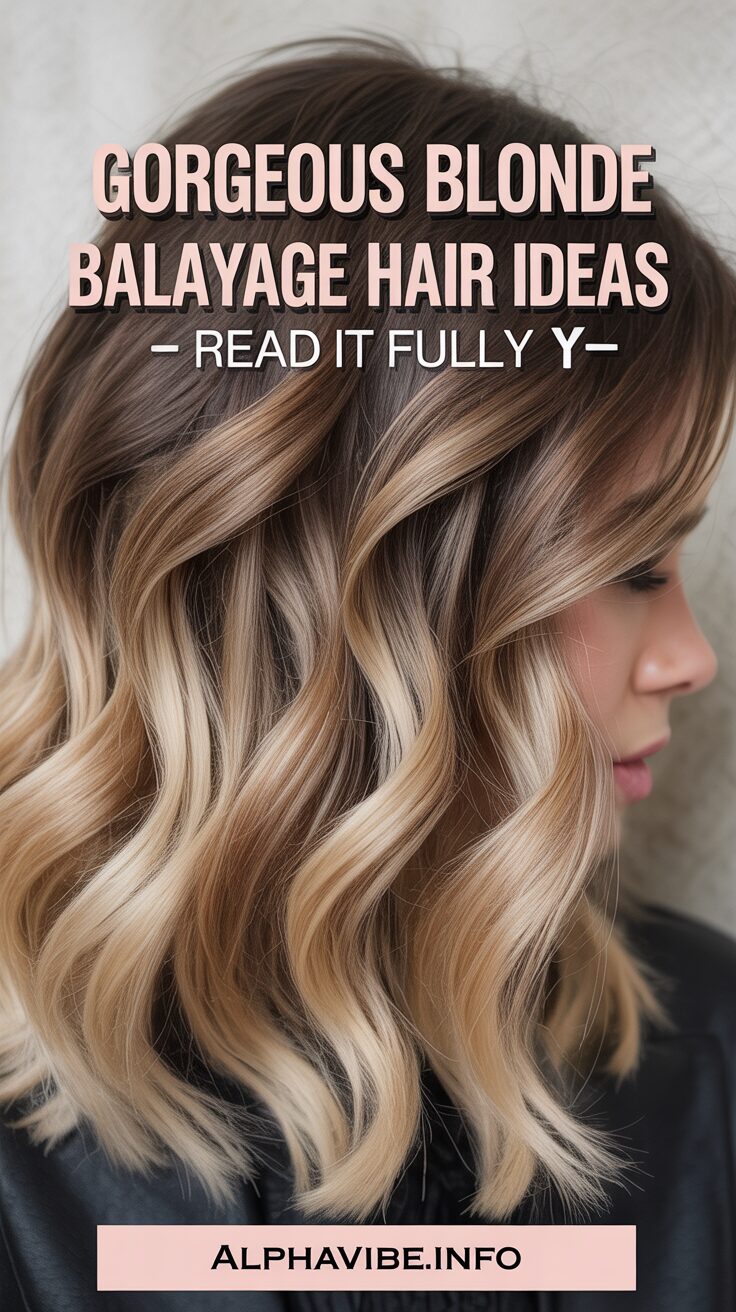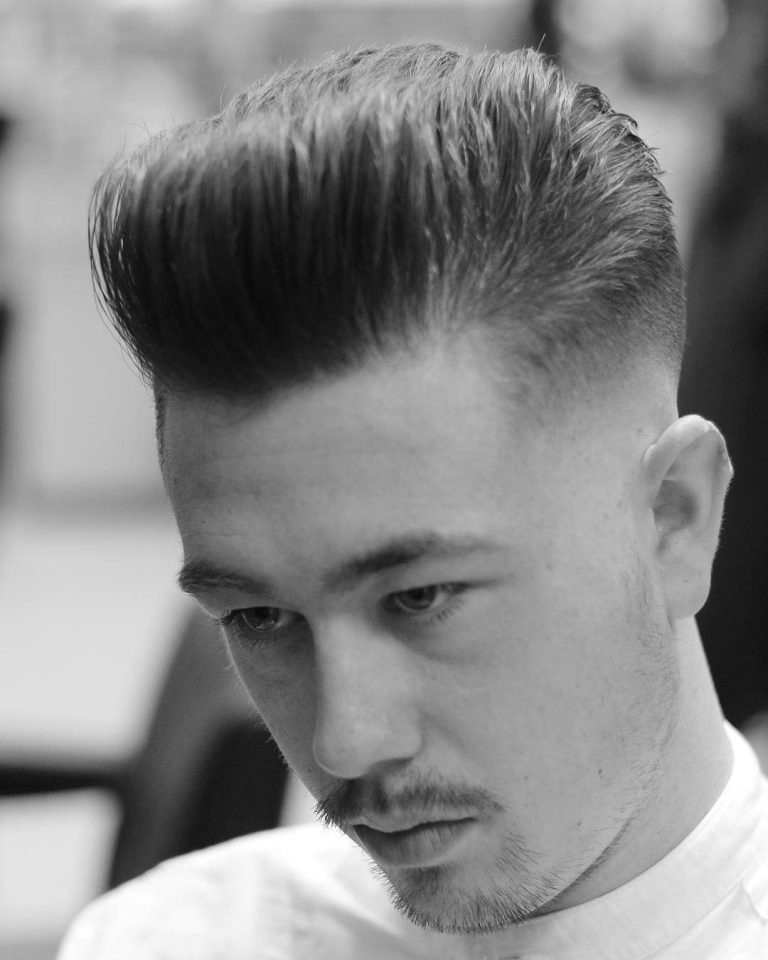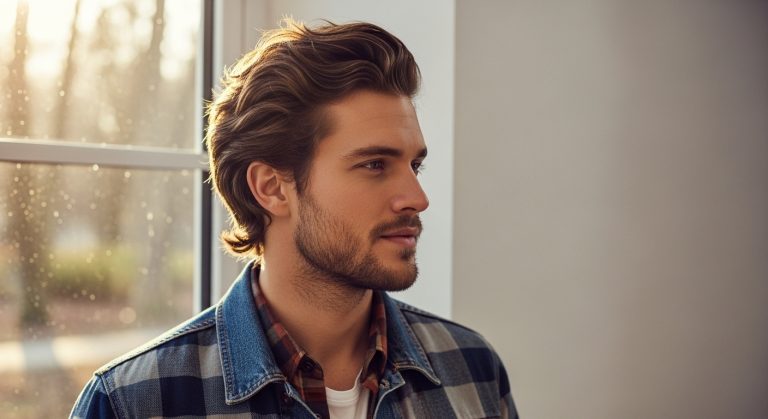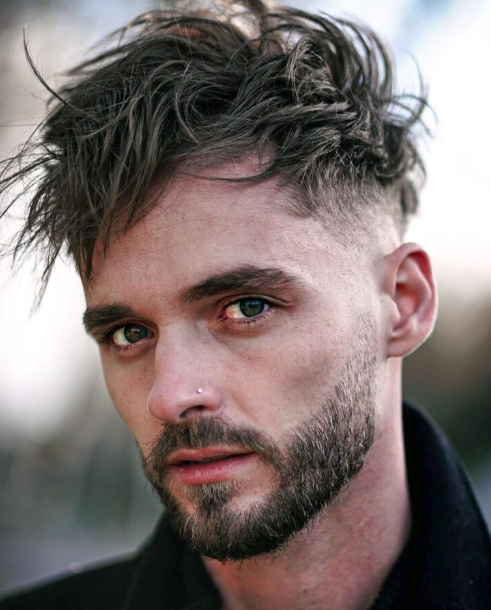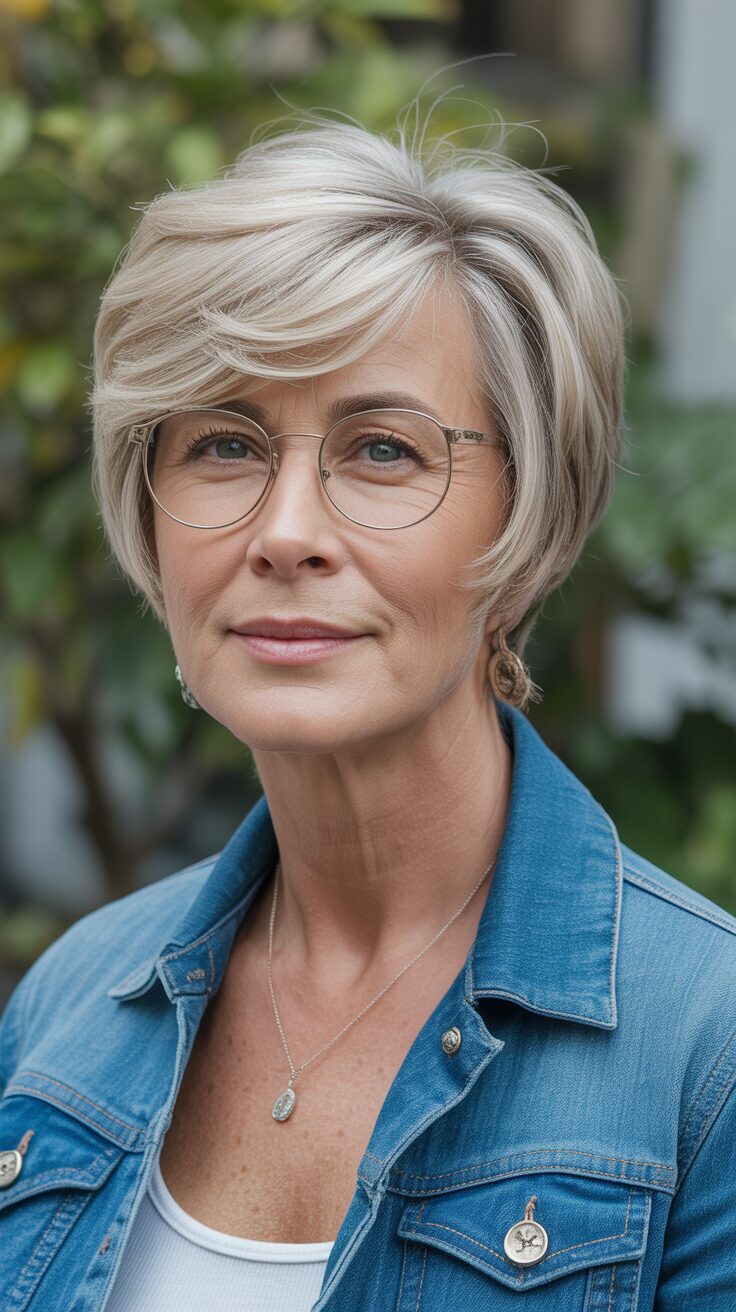Patchy Chin Beard? Here’s Why It Happens and How to Fix It
Patchy Chin Beard? Here’s Why It Happens And How To Fix It
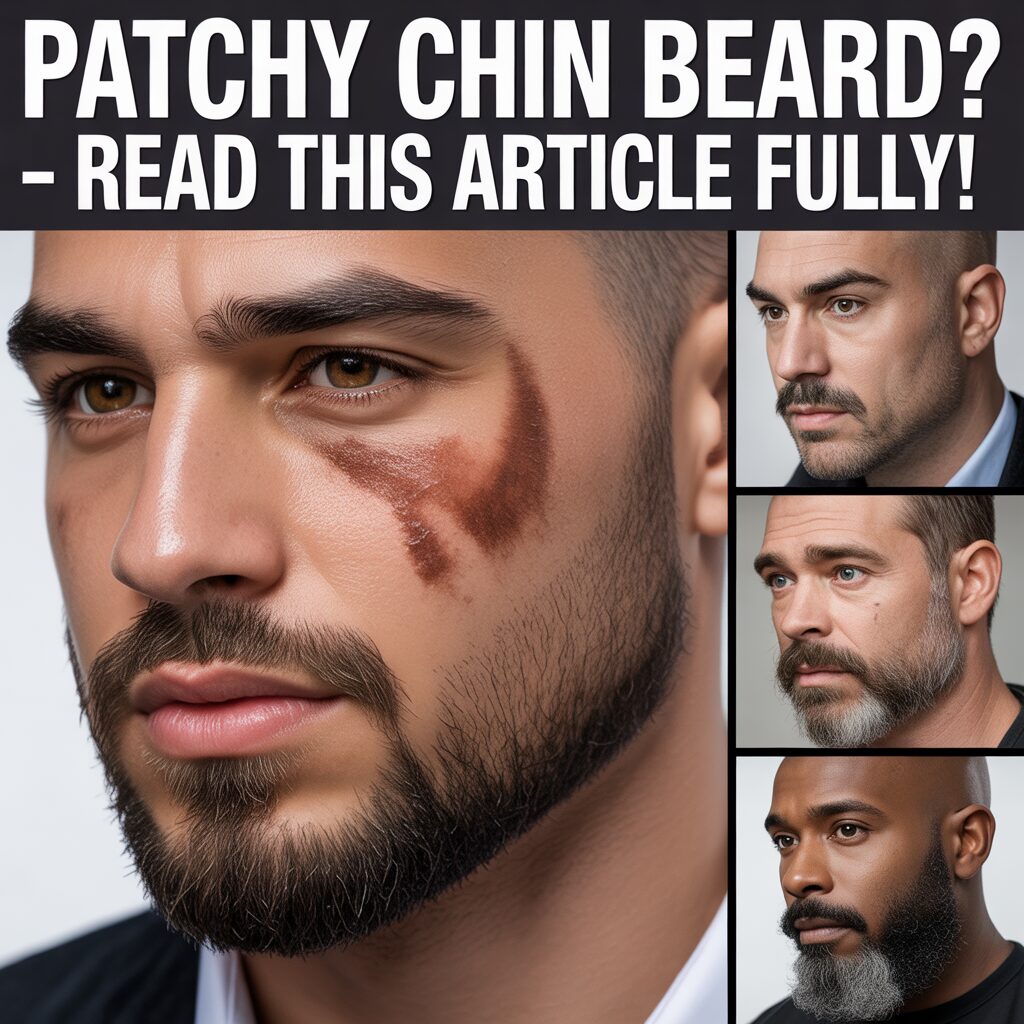
Noticing that your beard grows everywhere except your chin? You’re not alone. A patchy or hairless chin is a surprisingly common grooming concern among men of all ages. Whether you’re just starting to grow facial hair or you’ve been trying for years, this guide explains why your chin might be bare—and what you can do about it.
Having a strong chin beard can transform your entire facial structure, add definition, and give a more mature, confident appearance. So let’s explore what’s going on and how to grow that missing piece.
What Causes a Bald Chin?
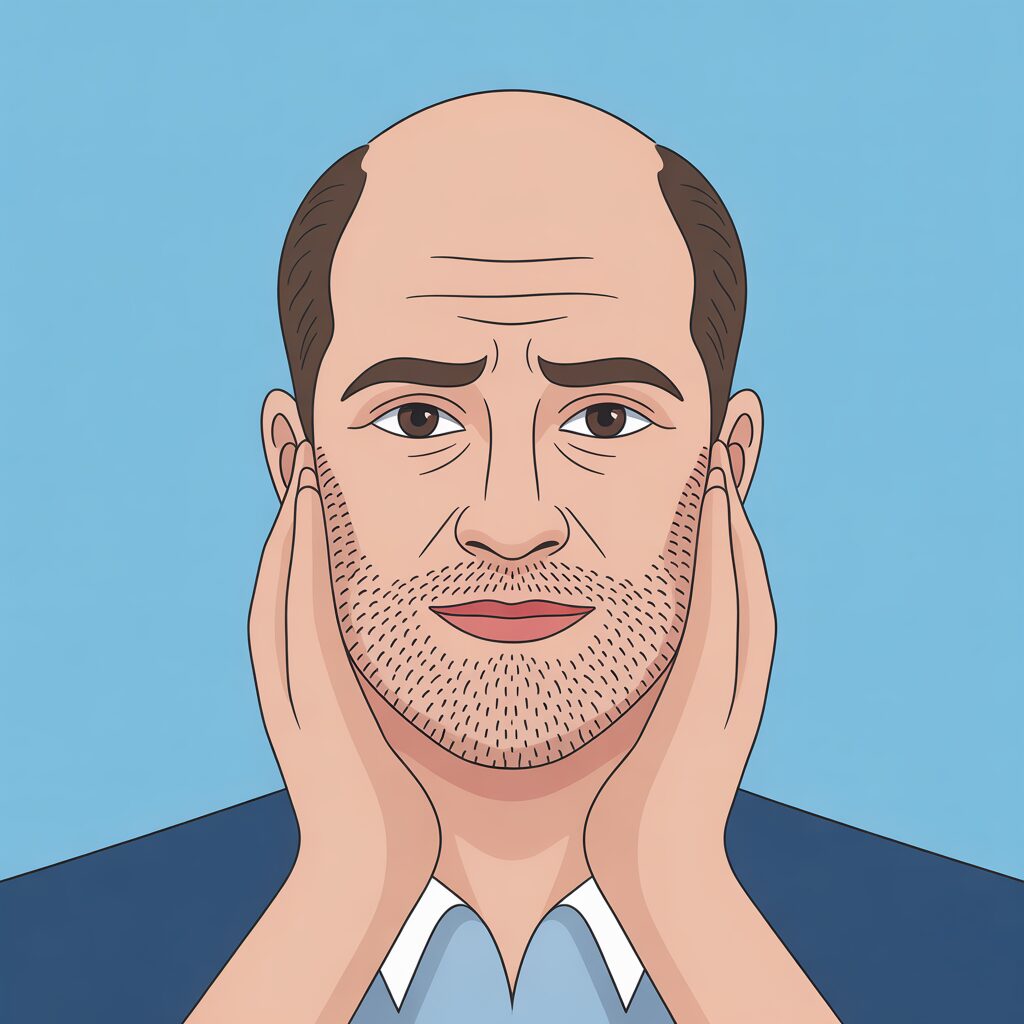
1. Genetics
One of the most common reasons for a lack of chin hair is simply genetics. If your male relatives also struggle with patchy or no growth in that area, chances are it’s hereditary. Your genetic blueprint determines everything from hair thickness to growth patterns—and the chin is one of the last areas to fill in for many men.
Who this affects: Men of any age, especially those early in their beard-growing journey.
What to do: Patience is key. Beard development continues into your late 20s and early 30s. Don’t give up too soon.
2. Hormone Levels
Testosterone and DHT (a more potent form of testosterone) influence facial hair growth. Even if you have “normal” levels, your body’s sensitivity to these hormones might be lower in your chin area. This can result in sparse or no growth on the chin while other areas fill in just fine.
What to do: Maintain a healthy lifestyle to support hormone balance—exercise, eat well, and get enough rest. If you suspect a hormonal imbalance, consider speaking with a doctor.
3. Age and Maturity
Facial hair doesn’t always come in evenly—or all at once. The chin, in particular, can take longer to grow than the cheeks or mustache. Many men don’t develop full chin coverage until their mid- or even late-20s.
What to do: Don’t stress if you’re still young. Give your beard time to mature naturally. Meanwhile, take care of the hair you do have.
4. Underlying Skin Conditions
Conditions like alopecia areata, fungal infections, or other skin disorders can sometimes target specific areas—like the chin—and result in a complete lack of growth there.
What to do: If your chin suddenly stops growing hair or develops a smooth, round bald patch, consult a dermatologist. Early treatment can make a difference.
How to Encourage Chin Beard Growth

5. Optimize Your Lifestyle
Good beard growth starts with a healthy body. Your beard follicles respond to nutrients, blood flow, and consistent care.
Tips to support growth:
- Eat protein-rich foods, leafy greens, and healthy fats
- Stay hydrated and get 7–8 hours of sleep nightly
- Manage stress through exercise or mindfulness
- Avoid smoking and excessive alcohol, which can inhibit hair growth
These won’t override genetics but can improve your overall beard potential.
6. Use Beard-Specific Products
Beard oils, balms, and serums won’t magically grow hair—but they nourish the skin, reduce irritation, and support healthier follicles.
Helpful grooming practices:
- Use beard oil daily to hydrate and condition
- Brush your beard gently to stimulate circulation
- Exfoliate regularly to remove dead skin and unclog follicles
Consistency is key. Small daily habits add up over time.
7. Consider Growth Treatments (If Needed)
If natural methods don’t bring results, some men explore options like:
- Minoxidil (topical treatment): Often used off-label for beard growth
- Microneedling: Stimulates hair follicles and may improve growth response
- Beard transplants: A surgical option for those seeking permanent coverage
Important: These should be approached only after trying natural methods, and ideally with guidance from a medical or grooming professional.
How to Style Around Chin Patchiness
If the hair just won’t grow on your chin, you can still look sharp. Many beard styles work with patchy growth instead of against it.

Ideas to explore:
- Short boxed beard with defined cheek lines
- Goatee variations if some chin growth is present
- Defined mustache or stubble for a clean, rugged look
- Clean-shaven chin paired with strong cheek growth for contrast
The key is owning your look. Grooming confidence often comes from smart styling—not just genetics.
Conclusion
A patchy or bare chin doesn’t mean your beard journey is over—it just means you may need a different approach. For many men, it’s a matter of time, care, and grooming consistency. For others, solutions like targeted products or treatment options can help fill in the gaps.
Whatever your growth pattern, you have options. Own your style, experiment with looks that suit you, and remember: a great beard isn’t defined by one patch—it’s how you wear the whole picture.

